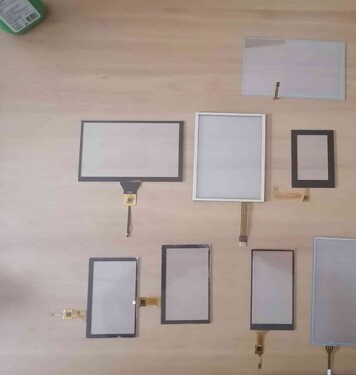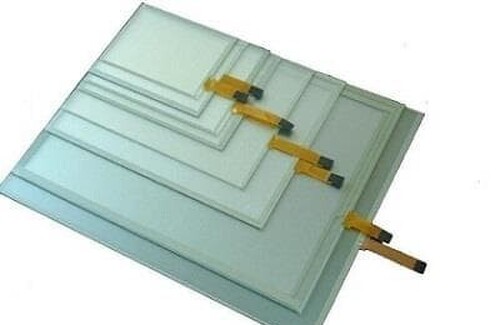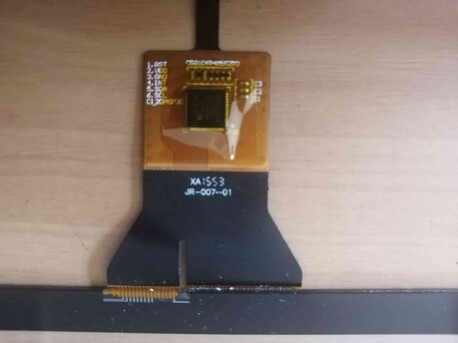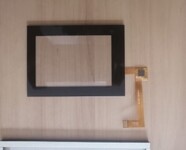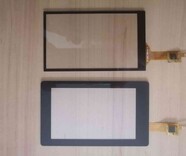KEYFLEX TOUCHSCREENS
Design and manufacture of Capacitive Touchscreens and Resistive solutions.
Capacitive vs. Resistive Touchscreens: Understanding the Differences
Touchscreens have become ubiquitous in our daily lives, from smartphones to industrial control panels. However, not all touchscreens are created equal. Two common types are capacitive and resistive touchscreens. Let’s delve into their distinctions and how they function.
1. Capacitive Touchscreens Overview:
Capacitive touchscreens use capacitive sensing to detect user input. These screens apply an electrical charge between layers of glass or plastic.
Popular in smartphones, tablets, and consumer electronics due to their responsiveness and clarity.
How It Works:
When a user touches the display, the screen senses the change in capacitance caused by the user’s finger.
Multi-touch support allows for gestures like pinch-to-zoom and swiping.
Easy-to-clean surface.
Ideal Applications:
Consumer products (smartphones, tablets, laptops).
Industrial control panels.
Pros:
Superior clarity.
Multi-touch capability.
Easy maintenance.
Cons:
Higher cost compared to resistive screens.
Less versatile in extreme environments.
2. Resistive Touchscreens Overview:
Commonly used in industrial electronics, ATMs, kiosks, and medical devices.
Relies on pressure applied to the screen.
Comprises two thin layers (typically PET film and glass) separated by spacers.
Conductive material (indium tin oxide) lines both layers.
How It Works:
When pressure is applied (e.g., with a finger or stylus), resistance changes.
Sensors detect this change, and the device calculates the touch coordinates.
Types of Resistive Touchscreens:
4-Wire Analog:
Top and bottom layers have perpendicular electrodes (“bushbars”).
Provides specific voltage readings when areas make contact.
5-Wire Analog:
Similar to 4-wire, but with separate X and Y electrodes.
Improved durability and sensitivity.
8-Wire Analog:
Combines features of 4-wire and 5-wire setups.
Enhanced accuracy and robustness.
In summary, capacitive touchscreens offer clarity, multi-touch support, and easy cleaning, while resistive touchscreens excel in challenging environments. Understanding these differences helps you choose the right touchscreen technology for your specific needs.
Keyflex Resistive Solutions
Keyflex resistive ITO touchscreens are a cost effective, durable and flexible solution for many applications for industrial, consumer devices and medical devices.
Our planar resistive touch technology is an enhancement of the conventional resistive touchscreen. Essentially, we can incorporate hardwired switching into the front surface of the resistive touchscreen. Planar switch panels are optically bonded to the resistive layer and invisible to the touchscreen user.
Keyflex ITO touch screens can be manufactured in 4 wire, 5 wire and 8 wire resistive designs
PCAP touch waterproof operation
PCAP waterproof operation
PCAP gloved operation
High Linearity Resistive Solutions
Our unmatched technical design and support provides you with leading edge, technical innovations and solutions for your touchscreen project with the sharing of design elements that can eliminate issues commonly found with small resistive touch screen designs.
Projective Capacitive Touch screens (PCAP)
Projected capacitive touch screens (PCAP)
With PCAP panels, a capacitance is generated between finger, touch panel surface & ITO coating When scanned sequentially, these form X-Y co-ordinates with differing capacitance levels between the layers providing the data to enable accurate recognition of the area touched on panel;
Projected capacitive touchscreens are commonly used for smaller screen sizes, PC tablets, mobile phones, hand-held instruments, Electronic books, GPS, information terminals, gaming machines etc.
Capacitive Touch Screens
Keyflex Capacitive touchscreens can sense specific touch locations. Capacitive touchscreens do not require force to be applied to the screen's surface for activation. Capacitive touchscreens are resistant to scratches and abrasion while leaving the responsiveness of the touch screen unaffected. Capacitive touchscreens are ideal for multi touch applications. The display can recognize more than one point of contact commonly seen such as pinch-to-zoom in or out.
Resistive Touch Screens
Resistive touch screens can be provided with or without a surrounding front decal. Resistive touch screens offer an excellent and cost effective solution for data input in many applications. Our resistive touch screens can be supplied with either a gloss or an antiglare finish. Resistive touchscreens are ideal for applications where the equipment is not used in harsh environments They can eliminate the need for keyboards and pointing devices.

